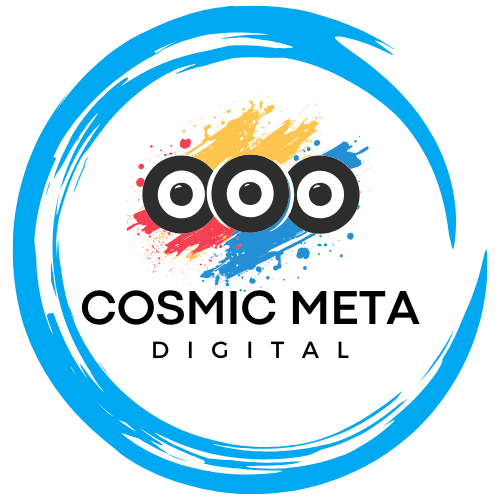For years, cross-platform development has been a prized goal in software engineering. The vision? Write code once and run it anywhere. Technologies like Java, Xamarin, and React Native have each pursued this dream—often requiring trade-offs in performance, native capability, or developer satisfaction. Enter Kotlin Multiplatform (KMP), JetBrains’ strategic answer that is now earning a serious seat at the table.
KMP started as an experimental effort but has matured into a robust, production-ready framework. It’s no longer just an interesting concept for the adventurous—today, companies across industries are using it in real-world applications. With consistent updates and growing community support, Kotlin Multiplatform is fast becoming a cornerstone in cross-platform development.
What Is Kotlin Multiplatform?
Kotlin Multiplatform enables developers to write common code in Kotlin and share it across multiple platforms including Android, iOS, desktop, web, and even embedded systems. Crucially, it maintains the option to write platform-specific code where needed.
This shared logic approach delivers significant efficiency gains without forcing developers to abandon the native feel and functionality users expect. While UI remains platform-specific, core elements such as business logic, data handling, and network operations can be written once and reused across all targets.

Why Kotlin Multiplatform Is Gaining Traction
1. Backed by JetBrains and Kotlin’s Rapid Growth
Kotlin’s rise has been meteoric—especially since Google declared it the preferred language for Android development. JetBrains, the creator of Kotlin and IntelliJ IDEA, continues to invest heavily in Kotlin Multiplatform. This institutional support brings credibility, long-term vision, and ongoing innovation.
Frequent releases, transparent roadmaps, and dedicated tooling within IntelliJ and Android Studio make KMP not only practical but also enjoyable to use. For developers already familiar with Kotlin, adopting KMP feels like a natural extension.
2. Proven in High-Stakes Production Environments
KMP is far from theoretical. Companies like Netflix, VMware, and Philips use it in production-grade applications. These aren’t hobby projects—they are high-reliability systems supporting real users and critical workflows.
Indie developers and startups are also leveraging KMP to reduce redundant code, iterate faster, and deploy to multiple platforms without maintaining entirely separate codebases. The range of adopters underscores its versatility.
3. Platform-Native Where It Matters
KMP doesn’t impose a one-size-fits-all UI framework. Instead, it embraces each platform’s best practices—Jetpack Compose for Android, SwiftUI or UIKit for iOS, and Compose Multiplatform where appropriate. Developers get to preserve native UX quality while still benefiting from shared logic.
This strategy avoids the drawbacks of heavily abstracted solutions and allows teams to maintain platform-specific responsiveness and aesthetics.
4. A Growing Toolkit and Developer Ecosystem
Kotlin Multiplatform has blossomed into an entire ecosystem. Libraries like Ktor (networking), SQLDelight (database), and Multiplatform Settings provide reusable functionality across environments. Compose Multiplatform is becoming a viable option for shared UI, particularly on desktop and web.
Tools like KMMBridge simplify sharing modules with iOS teams, while KDoctor helps verify environment configurations. JetBrains and the wider community are building a developer-friendly landscape.
What to Consider Before Adopting KMP
Despite its strengths, Kotlin Multiplatform comes with a learning curve. Setting up multi-platform builds involves Gradle configurations and knowledge of platform-specific quirks. Integrating with legacy codebases can also introduce complexity.
Cross-platform debugging tools are improving, but they still lag behind mature single-platform IDE experiences. Additionally, Compose Multiplatform, while promising, is still evolving for mobile, making it less suitable for projects seeking complete UI parity out of the box.
Fortunately, these issues are steadily improving with better documentation, more tutorials, and expanding community support.
When to Choose Kotlin Multiplatform
Kotlin Multiplatform shines in projects where maintaining shared logic is a priority, such as:
- Complex business logic apps: Shared calculation or validation rules across mobile platforms.
- Multi-platform frontends: Apps with web, desktop, and mobile interfaces sharing the same data logic.
- Lean development teams: Small teams that benefit from writing less duplicated code.
- Incremental modularization: Integrating shared modules into existing native apps.
The flexibility of KMP makes it useful for both greenfield projects and existing app modernization.
The Road Ahead: What’s Next for Kotlin Multiplatform?
JetBrains continues to enhance Kotlin Multiplatform with ambitious plans for better performance, easier integration, and wider platform support. Upcoming advancements include:

- Streamlined Swift/Objective-C interop
- A more intuitive Gradle DSL
- Enhanced Compose Multiplatform support for mobile
- Embedded and WebAssembly compatibility
Community events like KotlinConf regularly spotlight success stories, proving that KMP is not only viable but also future-facing.
Conclusion
Kotlin Multiplatform is no longer a bleeding-edge experiment—it’s a stable, evolving toolkit for serious cross-platform development. It blends the power of shared business logic with the performance and polish of native UIs, making it an attractive option for a wide range of development teams.
With the support of JetBrains, real-world adoption, and a maturing ecosystem, Kotlin Multiplatform is earning its reputation as a smart, scalable way to build multi-platform applications. Whether you’re planning your next project or looking to simplify existing codebases, now is a great time to give Kotlin Multiplatform a serious look.



